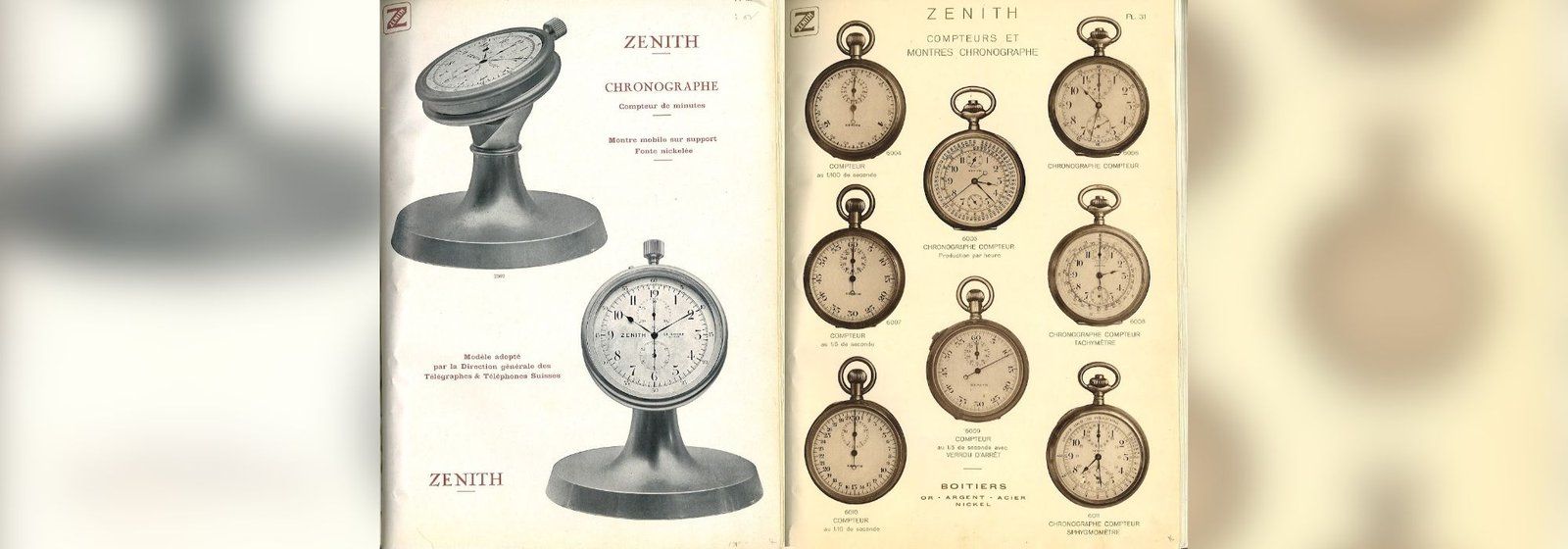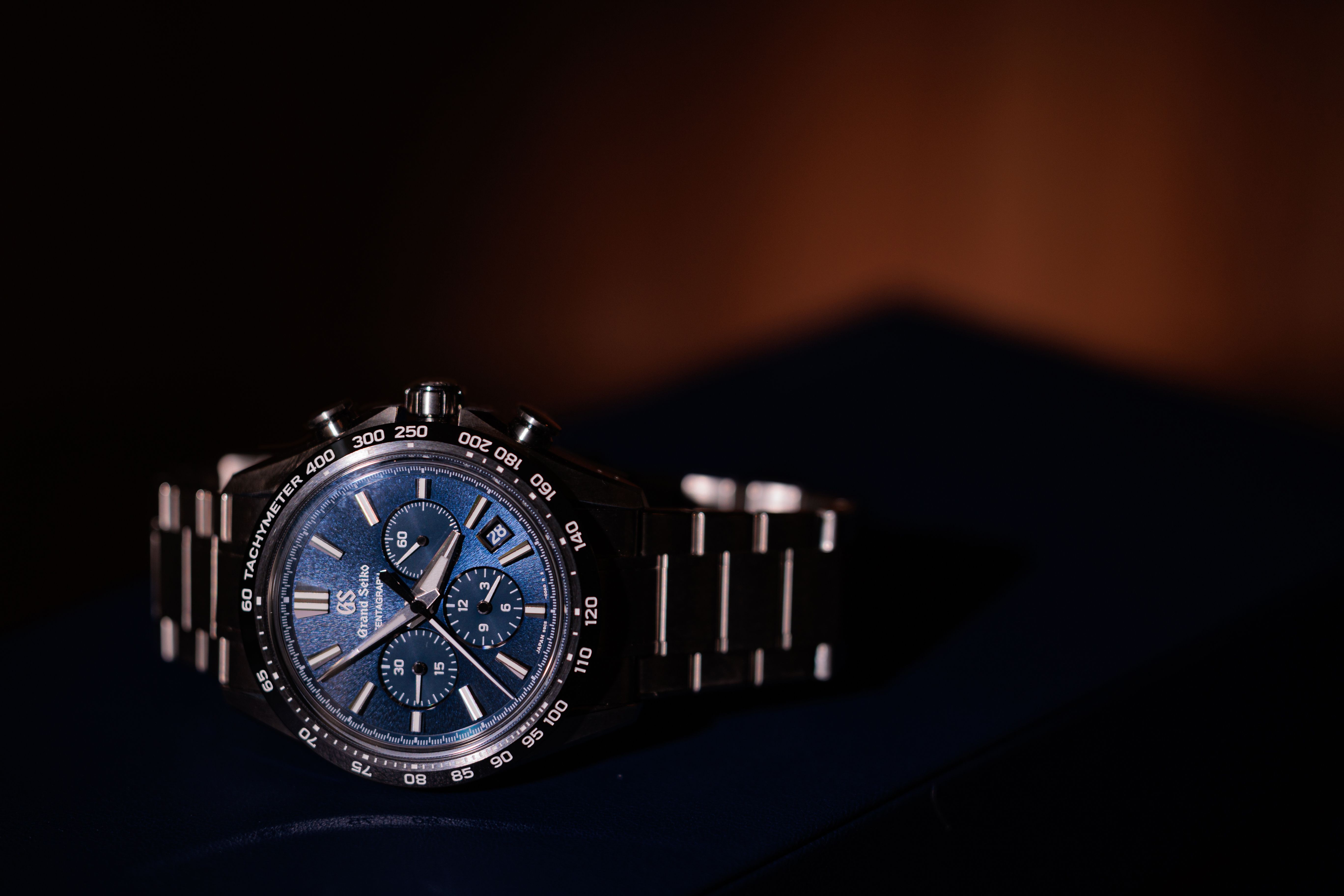Seiko’s 6139 Speedtimer In The Race To Create The World’s First Automatic Chronograph
In the relentless pursuit of the extraordinary, humanity has engaged in endeavors of innovation and exploration, a race against time itself. The echoes of this ceaseless quest resonate through history, from the daring ventures into space to the monumental triumph of the moon landing and in the nuclear arms race of the Cold War.
The records of human achievements are strong derivatives of competition, each representing a field where pioneers vie for the coveted title of ‘firstcomer.’ The fervor that fueled the space race, the magnetic pull of the unknown, finds its parallel in many other arenas.
The Race to Develop the World’s First Automatic Chronograph Wristwatch
Across the horological frontiers in 1969, exactly in the year when three men traveled 384,400 km inside a small car sized capsule to be the first men on moon, the race to release the world's first automatic chronograph ensued. There emerged a parallel quest for precision and technological supremacy within the watch industry, mirroring the grandeur of space missions.

Onboard this odyssey to push boundaries further, the collaborative efforts of ‘Chronomatic’ group, composed of Heuer-Leonidas, Breitling, Buren-Hamilton and Dubois Dépraz faced spirited competition from independent contenders, Zenith and Seiko. This riveting showdown converged technology efforts to make history with the groundbreaking development of the world’s first automatic chronograph movement.
In the early months of 1969, unbeknownst to one another, the contenders were nearing completion of their preparations. The Chronomatic team had progressed significantly, boasting functional prototypes and approaching the development of retail models. However, Zenith caught wind of these advancements in late 1968 and in a preemptive maneuver, publicly unveiled its innovation first, officially naming the movement the El Primero or ‘the first’ in January of 1969.

The Chronomatic group, though surprised, opted to be oblivious of the fact and proceeded with an extravagant global debut of their Caliber 11 Chrono-Matic in March. They also managed to be the first to enter the market.
So, where is Seiko in all this?
The Genesis of the Watch Industry’s Most Underappreciated Marvel: The Seiko 6139
Wrapped in a veil of secrecy, the initiation of all three endeavors to build the first automatic chronograph timepiece remains elusive. However, all signs point to Zenith as the catalyst. The company commenced its project in 1962. In the noteworthy collaboration, Heuer and Breitling, erstwhile rivals, joined forces in the early 60s. They partnered with Buren and Dubois-Depraz for the development of the movement code-named Project 99.

In stark contrast, Seiko embarked on its journey towards crafting an automatic chronograph in 1965, buoyed by the triumphs of its inaugural mechanical chronograph in 1964 and its role as the official timekeeper for the 1964 Tokyo Olympics.
The endeavor at Seiko bore the codename 6139, an homage to the movement it sought to bring into existence. While both Zenith and Seiko pursued a parallel quest for an integrated automatic chronograph within a single movement, the Chronomatic group adopted an easier route, a chronograph module atop a regular automatic movement.

The Seiko 6139 movement distinguished itself further through the incorporation of its proprietary "magic lever" system for efficient winding operation. The integrated column wheel chronograph was the world’s first to be paired with a vertical clutch and the timepiece showcased a 30-minute chronograph sub dial at 6 o'clock, accompanied by a day-and-date aperture at 3 o'clock. The Japanese mechanism also fared better in jewel count which stood at 23 as opposed to 17 in its Swiss counterparts.

The balance wheel oscillated at a frequency of approximately 21,600 vibrations per hour, precisely subdividing each second into quarters. Remarkably, this precision extends to recording intervals of up to 30 minutes. Noteworthy is the commendable integration of the date and day of the week complication within the compact confines of the mechanism, measuring a mere 27.4 mm in diameter and 7.9 mm in thickness.

Was Seiko the First with Its 6139?
Case reference numbers for some Seiko 6139s have hinted at early Speedtimers bearing a serial production date of March 1969. More recently, Seiko 6139-6000 models with a February 1969 serial production have emerged from Japan. Given the nature of the Japanese domestic market, these watches went unnoticed elsewhere. Some Seiko 6139-6000 pieces display dial references indicating a December 1968 production.

So, it does indicate that an automatic chronograph watch was already aboard people’s wrists without any fanfare in Japan. As the watches were a domestic release, no one in Switzerland really heard of it and there was actually no need for them to. I mean, who cared about a Japanese mechanical watch in the 60s.

It is also relevant to state that a later version of the Speedtimer 6139, the ref. 6139-6005 with a bright yellow sunray dial became the first automatic chronograph in space. It occurred when NASA astronaut Colonel William Pogue accompanied his 1971 Seiko 6139-6005 on a Skylab 4 space mission in 1973. That particular iteration of the 6139 has gone popular as ‘The Pogue’.

A Sleeper of Significant Magnitude
Given the rich historical backdrop, one might find themselves pondering the current market valuation of the Seiko 6139. Enthusiasts can unearth decently good examples boasting authentic parts, fetching prices ranging from $1,000 to $3,000. Though there has been a subtle uptick in value recently, it remains eclipsed by the five-figure realms inhabited by the likes of Zenith El Primeros and Heuer Monacos.

Seiko, with its unassuming demeanor, has perhaps unintentionally overlooked the grand narrative surrounding this monumental timekeeping marvel. Regrettably, the Seiko 6139 has yet to bask in the glory it rightfully deserves within the revered pages of horological history. However, amidst this lament, there exists a silver lining - for those inclined, these extraordinary timepieces still reside within grasp, at least for the present moment.







